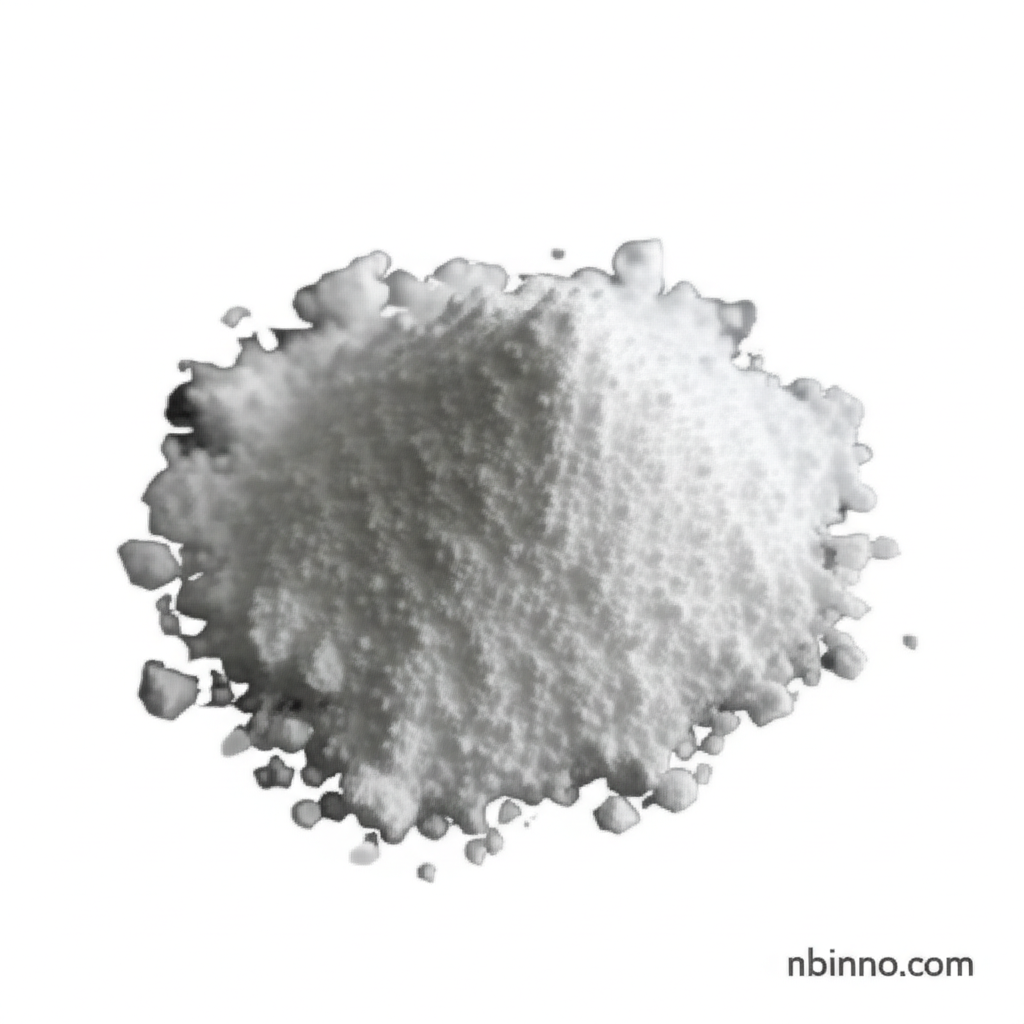High Purity 2-Hydroxynicotinic Acid: Your Key Synthesis Intermediate
Unlock advanced pharmaceutical and agrochemical synthesis with our premium 2-Hydroxynicotinic Acid.
Get a Quote & SampleProduct Core Value

2-Hydroxynicotinic Acid
A highly versatile heterocyclic compound, 2-Hydroxynicotinic Acid (CAS 609-71-2) is instrumental in the development of advanced pharmaceutical ingredients and effective agrochemicals. Its unique chemical structure, featuring hydroxyl and carboxyl groups, allows for diverse modifications, making it an indispensable building block in complex synthesis pathways.
- Discover the extensive applications of 2-hydroxynicotinic acid purity in pharmaceutical research and development.
- Explore the CAS 609-71-2 applications for creating novel herbicides and plant growth regulators.
- Leverage this essential pharmaceutical intermediate, 2-hydroxynicotinic acid, for the synthesis of potent APIs.
- Understand the role of heterocyclic compound for APIs in combating bacterial and inflammatory conditions.
Product Advantages
Exceptional Purity
Benefit from the high quality and purity of 2-hydroxynicotinic acid, crucial for reliable agrochemical synthesis intermediate outcomes.
Chemical Versatility
Utilize the excellent stability and reactivity of this heterocyclic compound for APIs to achieve diverse chemical modifications.
Broad Application Spectrum
Our 2-hydroxynicotinic acid is a key intermediate for advanced chemical production, serving both medicinal chemistry and industrial needs.
Key Applications
Pharmaceutical Synthesis
This compound is vital for producing active pharmaceutical ingredients (APIs), addressing needs in the pharmaceutical intermediate synthesis sector.
Agrochemical Development
Essential for creating herbicides and plant growth regulators, supporting the agrochemical active ingredient development market.
Cosmetic Formulations
The purity of 2-hydroxynicotinic acid makes it suitable for use as cosmetic raw materials, contributing to the cosmetic ingredient sourcing niche.
Coordination Chemistry
Acts as a chelating ligand for metal complexes, demonstrating its utility in fine chemical building blocks and industrial chemical purity standards.
